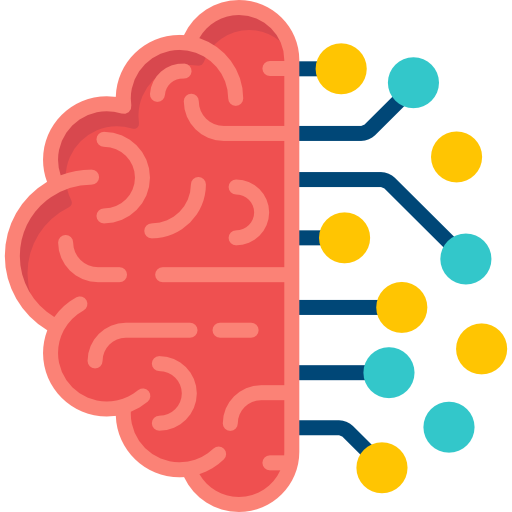Information and computer technologies, computer modeling, robotics, radioelectronics, scientific instrumentation, telecommunication systems, applied mathematics, direct and inverse problems, programming, cryptography and information protection, databases;
The 21st century is the era of the information society. The need for new knowledge, information literacy, the ability to independently obtain knowledge contributed to the emergence of a new type of education – innovative, in which information technology is designed to play a system-forming, integrating role. The use of “new information technologies” in an elementary school should be understood as a complex transformation of the student’s “environment”. A teacher capable of keeping up with the times should be ready psychologically and technically to use information technologies in teaching today. Any stage of the lesson can be enlivened by the introduction of new technical means. Including information and communication technologies in the educational process allows a teacher to organize various forms of educational and cognitive activities in the classroom and to make independent work of students active and purposeful. Information and communication technologies can be considered as a means of access to educational information that provides opportunities to search, collect and work with the source, including the Internet, as well as a means of delivering and storing information. The use of information and communication technologies in the educational process can improve the quality of educational material and enhance the educational effects. One of the results of teaching and education in the first grade should be the readiness of children to master modern computer technologies and the ability to actualize the information obtained with their help for further self-education.
